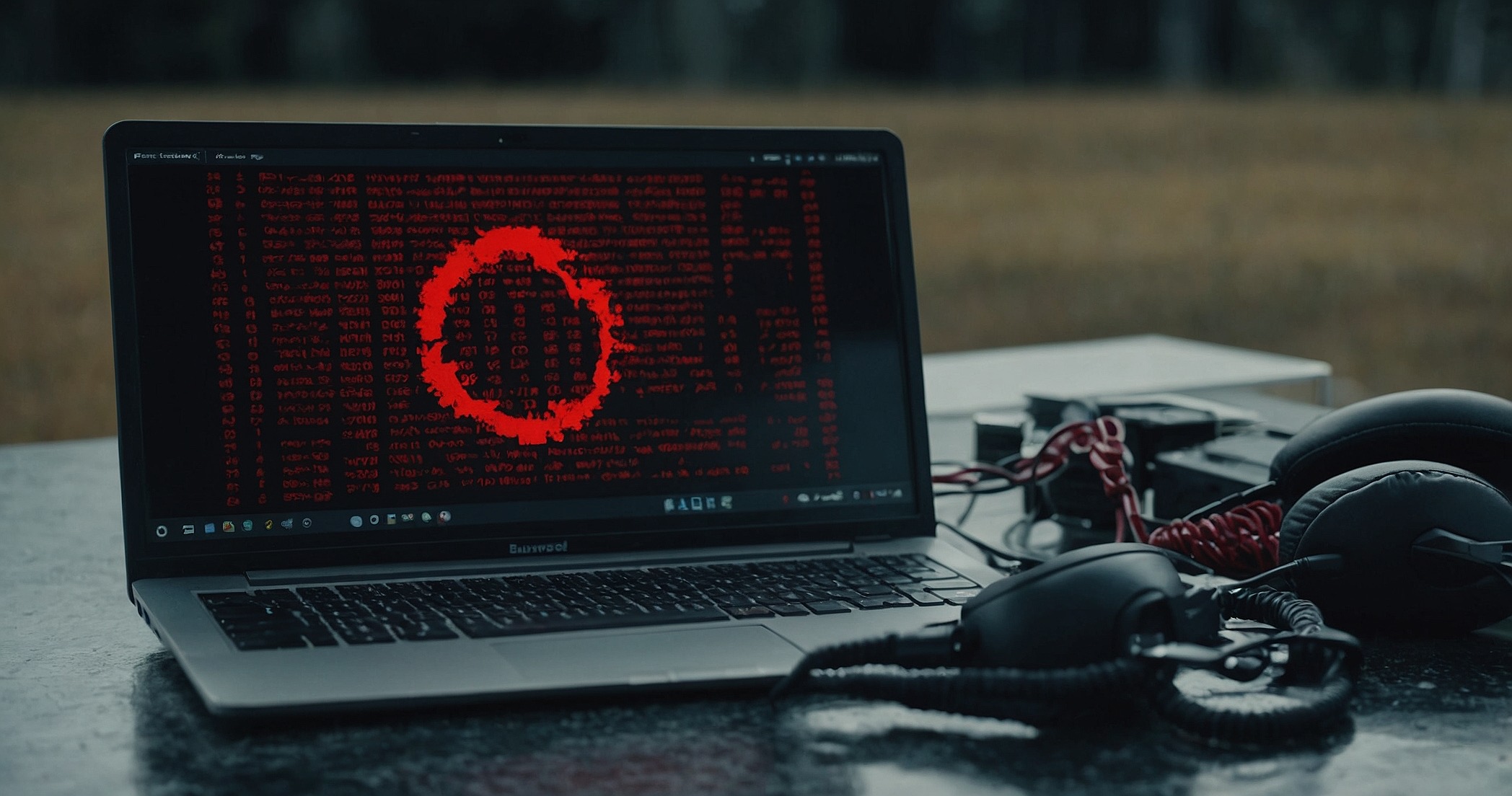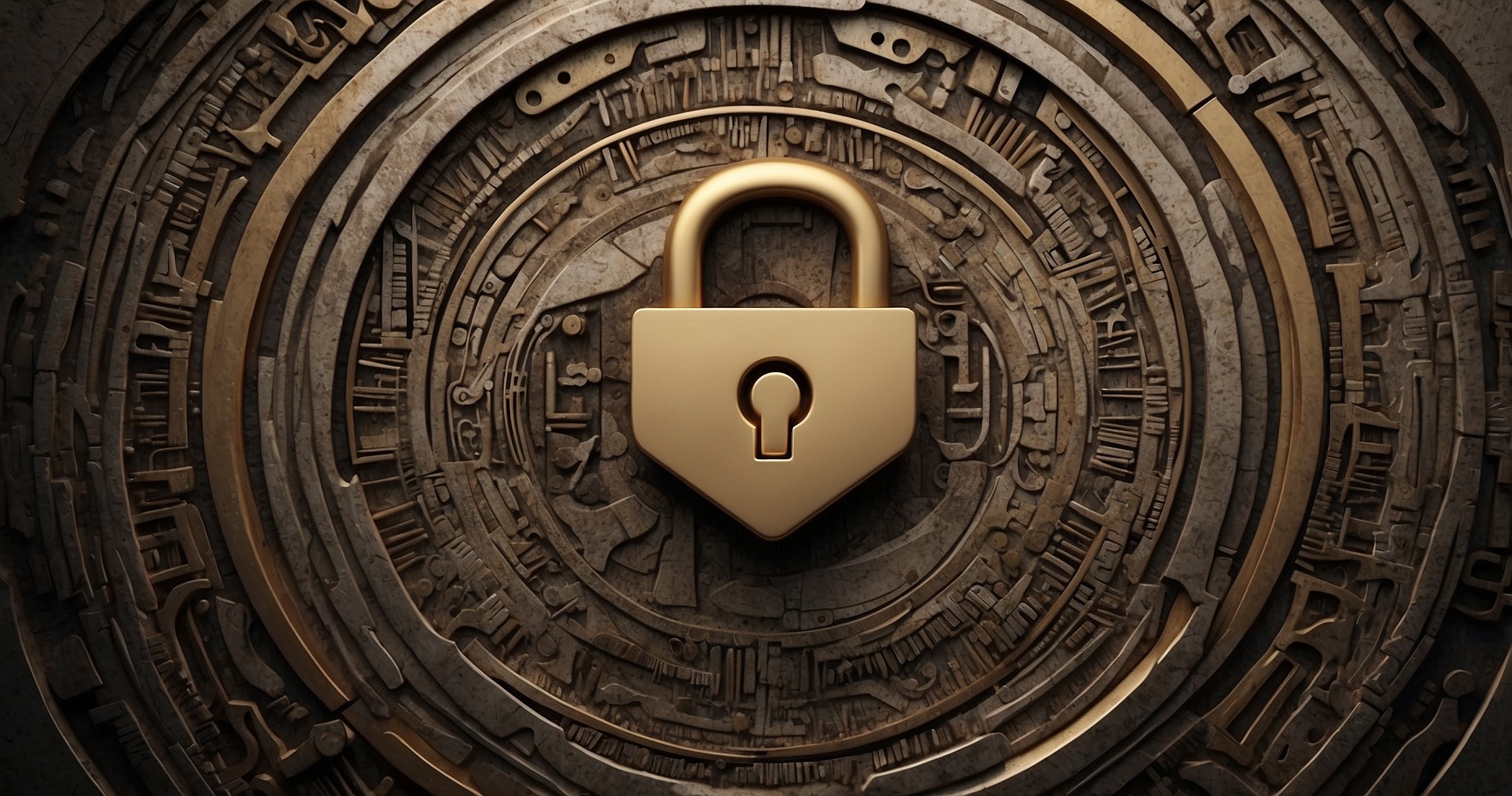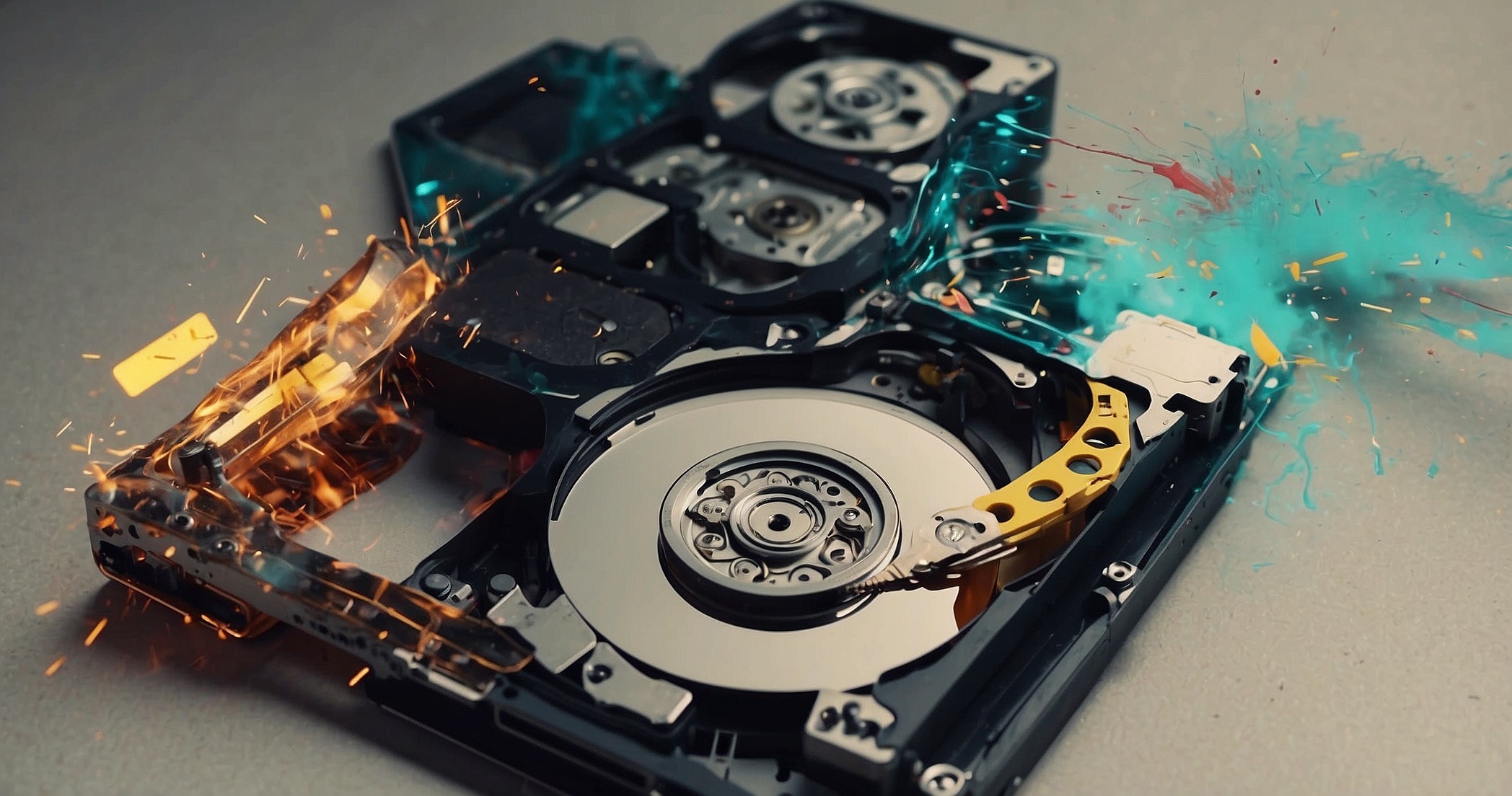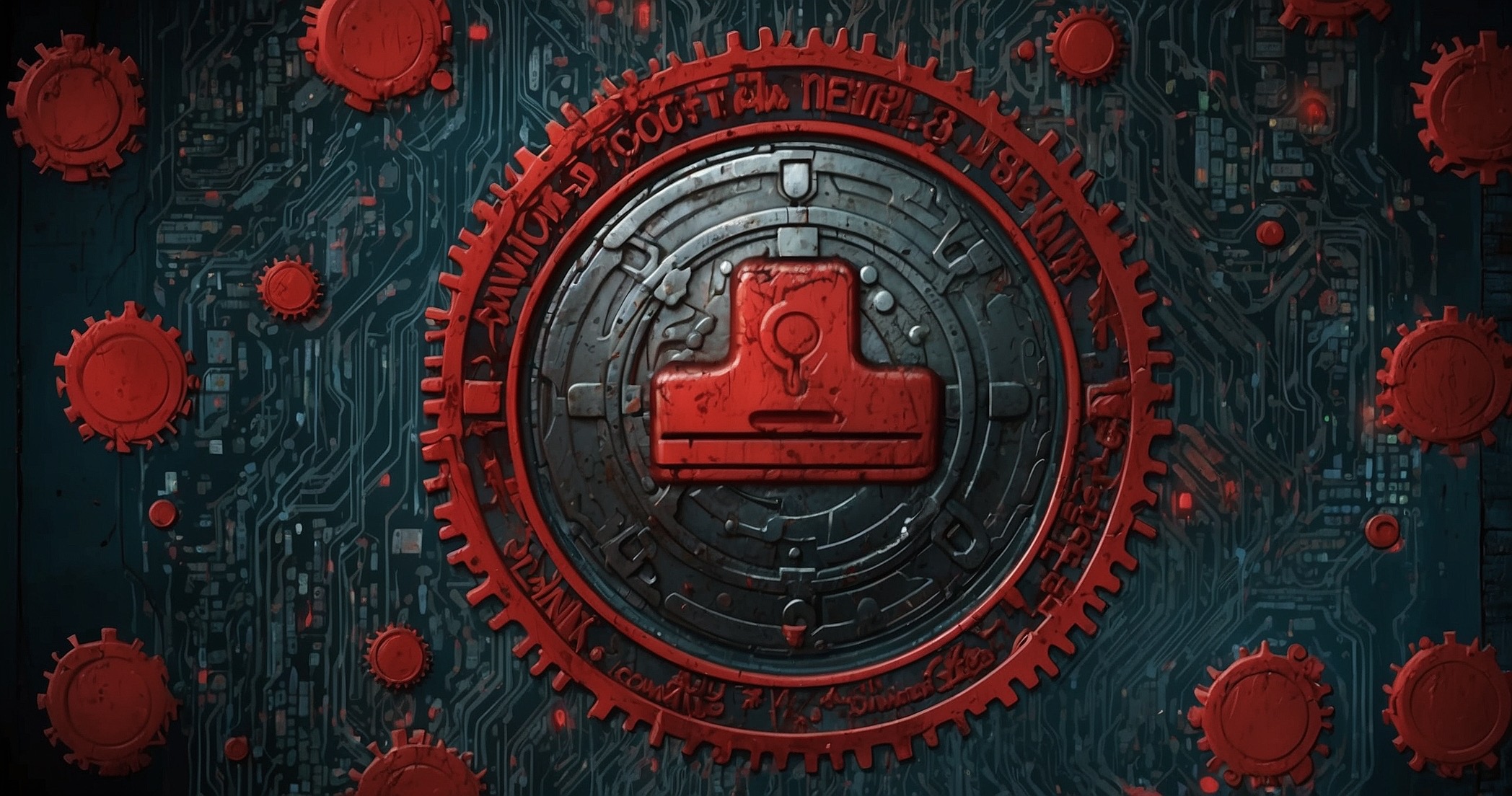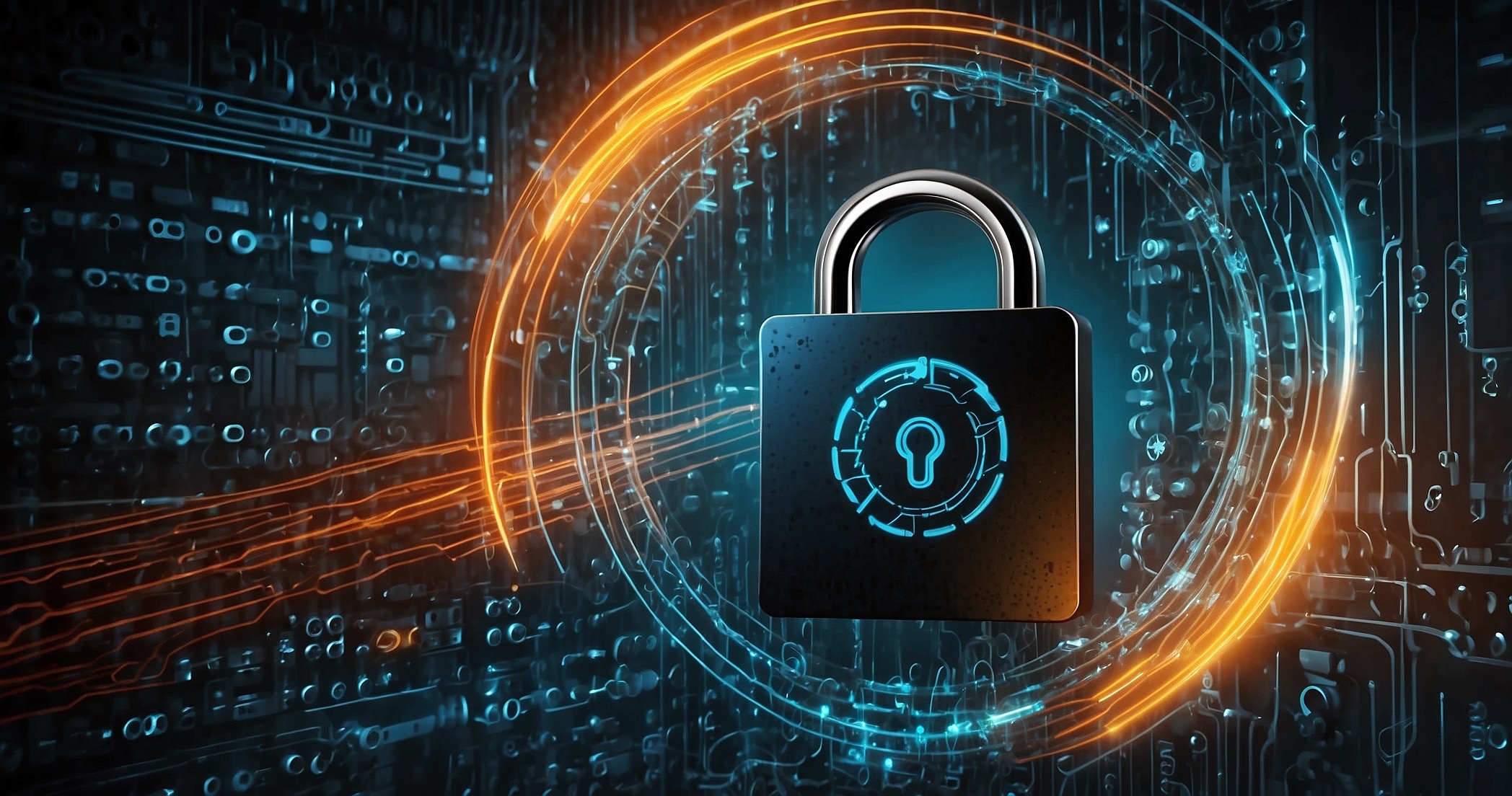Your business relies on access to critical data, client records, financial files, and operational systems. But what happens when that data becomes encrypted by ransomware, and your recovery plan fails?
In many cases, businesses turn to their backups, only to discover they’re corrupted, incomplete, or encrypted as well.
This is the new reality of cybercrime. Ransomware attacks are no longer isolated or random.
They are coordinated, multi-phase operations that specifically target not only live systems but backup environments too.
While many organisations have backup strategies in place, too often these rely on outdated technology that wasn’t designed to withstand today’s sophisticated threats.
That creates a dangerous blind spot: the illusion of safety.
In this article, we’ll examine how modern ransomware tactics expose weaknesses in legacy backup systems, what effective data protection looks like today, and the practical steps your business can take to stay resilient.
Why Ransomware Threats Keep Escalating
Ransomware has transformed from a minor inconvenience into one of the most serious threats facing Australian businesses today.
The tools, tactics, and motivations behind these attacks have evolved rapidly, and so has their impact.
1. From Annoyance to Enterprise Threat
Not long ago, ransomware was a crude trick used by amateur hackers.
You’d click a dodgy link, and your personal files might get locked behind a basic ransom note. It was disruptive, but rarely devastating.
Today, it’s a different story.
Ransomware has become a full-fledged criminal enterprise, operated by syndicates with structured teams, funding, and even customer service.
The targets have grown more ambitious, too; small businesses, enterprises, and public institutions are all in the crosshairs.
In Australia, recent breaches like Medibank and Latitude Financial have highlighted just how coordinated these attacks can be. The objective is no longer just encryption; it’s data theft, financial extortion, and reputational damage.
2. Data Is the New Hostage
Modern ransomware actors play the long game.
They infiltrate systems quietly, locate backups, and strike only when they know recovery is impossible. Then comes double extortion: pay to unlock your files, and pay again to prevent a data leak.
The result? A traditional backup system simply isn’t enough.
Let’s explore the risks of dated backup systems before we jump to the solutions and protecting your data.
The Hidden Risks of Outdated Backup Systems
Many businesses take comfort in the idea that having backups means they’re protected. But that sense of security can be dangerously misleading.
Legacy backup solutions, still used by countless organisations, simply weren’t built for the ransomware tactics we’re seeing today.
The reality?
Outdated backups aren’t just ineffective. In some cases, they’re part of the vulnerability.
Backup Systems Are Now a Prime Target
In the past, backups were an afterthought for attackers.
Now, they’re a primary target, because without them, recovery is nearly impossible. Legacy systems make it easy.
They often lack immutability, access controls, and network isolation, leaving admin panels and unencrypted storage exposed and easy to exploit.
Recent industry analysis shows that over 90% of ransomware attacks now attempt to encrypt or delete backups. It’s not an accident; it’s a deliberate tactic to remove your last line of defence.
No Encryption = No Protection
Encryption is no longer optional, yet many legacy systems still fall short. Some encrypt only parts of the data or rely on outdated protocols. Others skip it entirely.
That leaves backups exposed, and under Australia’s Privacy Act and OAIC rules, a breach involving personal data may require public disclosure.
Still, around one-third of organisations continue using backup solutions that don’t encrypt data at rest or in transit.
Backups That Fail When You Need Them Most
Even when backups exist, they’re rarely tested. That means when disaster strikes, recovery attempts often reveal slow restores, corrupted files, or incomplete snapshots.
In the heat of a ransomware event, that kind of failure isn’t just frustrating, it’s catastrophic.
It’s clear that traditional backup systems can’t stand up to modern ransomware tactics. But the good news is, better solutions exist, and they’re purpose-built for today’s threat landscape.
Let’s look at what a modern, resilient backup strategy really involves.
What Modern Backup and Recovery Looks Like
Modern threats require modern defences, and backups are no exception.
Simply having copies of your data isn’t enough anymore. To truly protect your business, your backup and recovery strategy needs to be smarter, stronger, and built for resilience from the ground up.
1. Immutable Storage
Immutable storage ensures that once data is saved, it can’t be altered, encrypted, or deleted, not by ransomware, insiders, or even admins.
Stored in a write-once, read-many format, it guarantees clean, untouchable backups even if your network is breached.
Supported across cloud and on-prem environments, it’s now the gold standard for ransomware recovery.
2. Built on Zero Trust Architecture
The days of “trust but verify” are gone. Now, it’s “trust nothing, verify everything.”
Zero Trust means no user or system is trusted by default, not even inside your network. Every action must be verified, authenticated, and logged.
Modern backups use this model to tightly secure data from internal and external threats.
In practical terms, Zero Trust backup architecture includes:
- Multi-factor authentication (MFA) for every user
- Role-based access that limits who can see or change what
- Detailed audit logs to track any suspicious behaviour
- Microsegmentation to prevent lateral movement across systems
All of this works together to ensure that backup access is tightly controlled, and if someone does get in, they can’t move freely.
3. Encryption at Rest and in Transit
Strong encryption protects your data whether it’s sitting in storage or moving between systems. That means end-to-end encryption, both at rest and in transit, is essential for modern backup solutions.
Modern systems use AES-256 or stronger encryption protocols, ensuring that your data remains unreadable to anyone without the right keys.
Beyond just security, encryption also helps you stay compliant with various regulatory frameworks, including:
- ISO 27001
- APRA CPS 234
- The Australian Privacy Act
If your data is breached, encrypted backups can mean the difference between a quick fix and a full-scale regulatory nightmare.
Even the most advanced backup technology means little without action.
Knowing what modern protection looks like is just the first step; putting it in place is what truly makes the difference.
Now’s the time to assess your setup, close the gaps, and ensure your business is ready before the next threat hits.
Steps to Strengthen Your Backup Before It’s Too Late
If your current backup strategy hasn’t kept pace with today’s threats, now is the time to act, not after disaster strikes.
1. Audit Your Existing Backup Infrastructure
Start by asking the hard questions:
- When was your last successful recovery test?
- Are your backups protected by Zero Trust principles?
- Is your backup environment isolated from your primary systems?
A comprehensive audit will help uncover hidden weaknesses and give you a clear path forward.
2. Upgrade to Immutable and Encrypted Backups
Modern backup solutions offer immutable storage, meaning once your data is written, it can’t be changed or deleted. Even if ransomware makes it into your system, your backups remain untouched.
Look for cloud-native or hybrid platforms that provide:
- Built-in AES-256 encryption (at rest and in transit)
- Granular access control
- Automated snapshot creation
These features aren’t just “nice to have”, they’re critical in today’s risk landscape.
3. Run Regular Recovery Tests
A backup that hasn’t been tested is a backup you can’t trust. Schedule monthly or quarterly disaster recovery drills to ensure:
- You can restore quickly and completely
- The process is documented and repeatable
- Recovery meets any compliance or SLA obligations
Automated reporting and audit logs can help demonstrate compliance and give stakeholders confidence in your readiness.
Even the best technology is only as effective as the strategy behind it.
By strengthening your backup systems now, before a crisis, you protect more than just data. You protect your operations, your compliance standing, and your reputation.
Because when backups fail, the costs go far beyond IT.
Real Business Costs of a Failed Backup Strategy
Ransomware attacks are painful. But when your backup strategy also fails, the impact multiplies fast.
1. Downtime Is Expensive
When your systems go offline, so does your revenue.
For Australian SMEs, the average cost of unplanned downtime ranges between $6,000 to $13,000 per hour.
A failed restore process can stretch recovery into days or weeks, compounding the losses. For many businesses, it’s not just about cost. It’s about whether they can survive the disruption at all.
2. Compliance and Legal Liabilities
Under Australia’s Privacy Act and guidelines from the Office of the Australian Information Commissioner (OAIC), a failed backup that results in data loss may trigger a notifiable data breach.
If customer information is exposed, your business could face steep penalties, along with damage to your standing in the market.
Businesses in regulated industries (like finance or healthcare) carry an even heavier burden, with APRA CPS 234 and other mandates requiring demonstrable control over data security and backup integrity.
3. Reputation Damage
No customer wants to hear, “We lost your data.”
Even if you avoid a ransom payment, the long-term fallout from a publicised breach can be severe. Trust is hard-earned and easily lost.
Businesses that can’t guarantee continuity and recovery risk losing clients to competitors that can.
The stakes are higher than ever. A failed backup strategy doesn’t just impact IT; it puts your entire business at risk.
Investing in modern, resilient backup systems is no longer optional; it’s essential for survival and long-term trust.
Final Thoughts – Old Backups Can’t Fight New Threats
Ransomware isn’t just evolving, it’s targeting your last line of defence.
Outdated backups offer a false sense of security, and when they fail, the fallout can be brutal: lost data, downtime, reputational damage, and legal risk.
Modern threats require modern solutions. Immutable storage, encryption, and Zero Trust are no longer optional; they’re essential.
Don’t wait for a breach to realise your backup strategy is broken.
At PowerbITs, we help Australian businesses audit, upgrade, and future-proof their backup systems.
Book a backup health check today, and take the first step toward real ransomware resilience.

